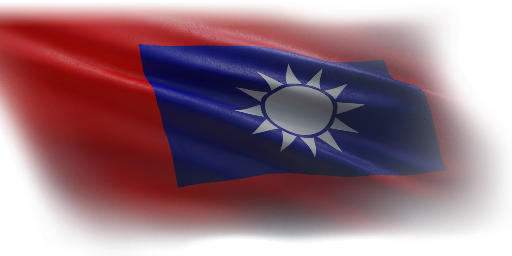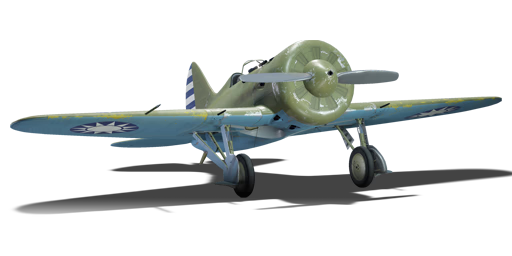




The I-16 Chung 28 (China) (忠28甲) was an attempt by the NRAF to built fighters domestically. After the outbreak of Sino-Japanese War and the retreat of military factories to safer provinces, Nanchang Central Aircraft Factory built some I-16 from spare parts provided from the Soviet Union and mated them with US piston engines in the caves of Chongqing. As the ongoing war proved the uselessness of earlier Soviet fighters with inferior performance in all aspects, these aircraft were soon used as trainer aircraft for their new pilots and they were likely dismantled by the end of war.
Introduced in Update 1.91 "Night Vision" as an unique variant of the I-16, unlike its Soviet cousins with full-Soviet equipment, Chinese aircraft engineers put together Chung 28 with Soviet airframes and machine guns, and a US-built piston engine. While the overall firepower is vastly decreased to only two 7.62 mm machine guns, the overall performance is on-par with the late series of I-16 and conserving ammo for close targets could still earn some unexpected victories even against more modern fighters.
flaps
flaps
flaps
brake
| Belt | Belt filling | Armor penetration (mm) at a distance: | |||||
|---|---|---|---|---|---|---|---|
| 10 m | 100 m | 500 m | 1000 m | 1500 m | 2000 m | ||
| T/Ball/AP-I/AI/AI/AI | 13 | 12 | 7 | 3 | 2 | 0 | |
| T/AP-I/AI/AI/API-T | 13 | 12 | 7 | 3 | 2 | 0 | |
| API-T | 9 | 8 | 6 | 3 | 0 | 0 | |
| AP-I/AP-I/AP-I/AI/AI | 13 | 12 | 7 | 3 | 2 | 0 | |












Flight performance | |
|---|---|
Survivability |
|---|
Weaponry |
|---|